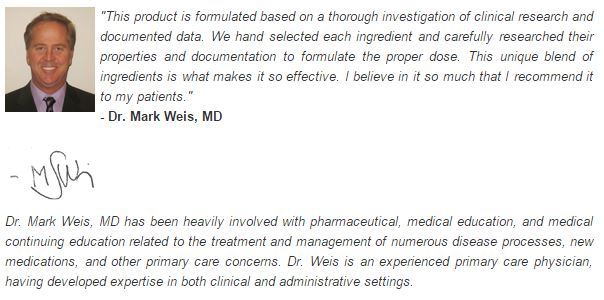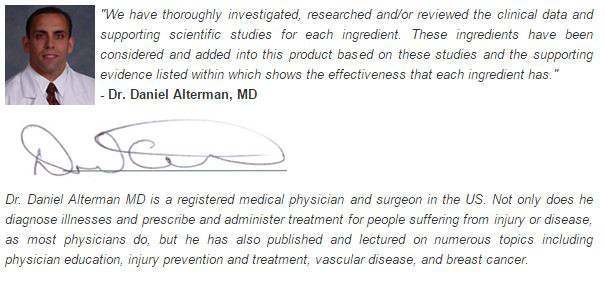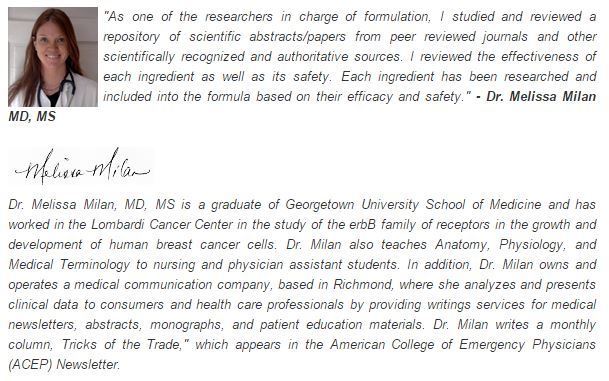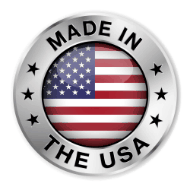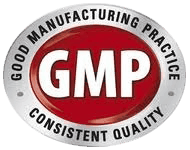Get The Facts About Varicose & Spider Veins
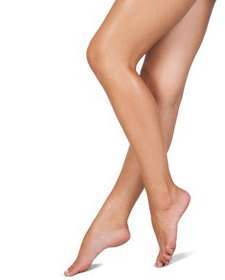
We all hate varicose and spider veins, with a passion, but more and more people are falling victim to them. More than 50% of the adult population currently suffer from varicose veins with the majority being women.
Approximately 1 in every 4 women, or 25%, and 18% of men will suffer from varicose veins. If one of your parents is unlucky enough to suffer from varicose veins and you are female, your chances of having them are 60% and if you are male the chances are around 25%.
This is a condition that can affect anyone, and can be challenging to live with. While varicose and spider veins can be found in any place on the body, the majority of them are found in the legs and feet. This is because standing and walking upright increases the pressure and strain in the veins of your lower body.
Over time the veins can become weak due to additional burden added to them either by standing on your feet for long periods of time, pregnancy, and sometimes it's as simple as genetics. You can't fix genetics but you can try to help with the other causes.
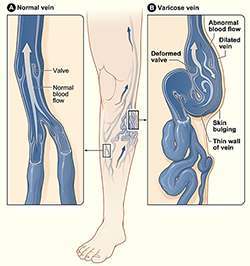
What Causes Varicose Veins Anyway?
- Being overweight
- Pregnancy
- Sitting or standing for extended periods of time
- Lack of exercise
- Change in hormonal levels
- Age
- Injury to your leg(s)
- Heredity
What Can You Do To Avoid Varicose Veins?
There are several things you can do to help prevent those unsightly varicose veins from taking over your legs and your life!
- Maintain a healthy weight – People who are overweight are more susceptible to varicose veins. This is because of the additional weight put on their legs, and because more blood is needed to pump through veins. This increased pressure will damage the veins that carry the blood.
- Eat a healthy diet – Eat foods that are high in fiber to keep from straining during bowel movements. A hemorrhoid is nothing more than a varicose vein on your rectum.
- Don't stand for an extended period of time – If you must stand because of your job for instance, try to move your weight from one leg to the other or take a walk around whenever possible.
- Don't sit for extended periods – If you do have to sit, you should sit with your legs uncrossed. Crossing your legs constricts the flow of blood.
- Exercise regularly – Make sure to exercise at least thirty minutes per day to keep your blood flowing.
The bad news: Genetics play a significant part in varicose veins. If your parents suffer from varicose veins, chances are extremely high that you will too.
Symptoms & Characteristics
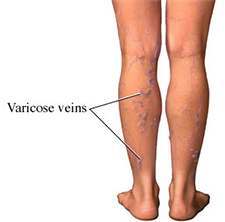
While this is not a complete list of symptoms, it is a good guide to go by. These are generally what you will experience once varicose veins have begun. You might experience all of the symptoms and you might not experience any of them but all of them should be taken seriously if they do show up.
- Veins that are bulging and bluish or purplish in color
- Pain or itching around the affected area
- Legs, feet and ankles swelling
- Dry, scaly skin
- Discoloration of skin
- Bleeding

Now That You Have Them, What Complications Might They Cause?
Once you have been diagnosed with varicose veins, treatment should not be put off and they should not be ignored. If you do ignore them hoping they will go away, you will be very disappointed in the end. There are several complications that come with having severe varicose veins and none of them are good.
You can experience such things as:
- Bleeding – Because the veins have become so weak and bulge out right under the skin if they are scratched or if you bump them they can begin to bleed.
- Ulcers on the legs – These are sores that develop on the legs at the site of the varicose veins. If you experience ulcers on your legs you should contact your doctor immediately. Sometimes several weeks of treatment are needed to get rid of the ulcers and it is probable that they will return at some point.
- Phlebitis – This occurs when a vein becomes swollen. The blood in the vein backs up and begins to pool in the affected area causing a clot in the vein. When this happens it can either be in a superficial vein (those close to the skin's surface) or it can occur in a deep vein. The worst of the two occurs in the deep vein as this can result in leg ulcers which require medical treatment.
What Can Be Done To Fix Those Veins?
There are several options available for treating varicose veins; surgical or non-surgical:
Surgical – There are a variety of surgeries that can be used to treat varicose veins, however, as with any surgery, no matter how ordinary it may seem it will have risks associated with it.
- Sclerotherapy
- Laser Treatments (light or endovenous)
- Ambulatory Phlebectomy
- Vein Ligation
- Vein Stripping
Non-Surgical – Using non-surgical methods can provide a good solution to your varicose vein problem. Be cautious of prescription medication and read about their side effects before taking.
Most people can live with varicose or spider veins as often side effects do not occur, but in those who do suffer from them, it is important to have them examined by a doctor regularly to exclude any other underlying conditions that may exist.


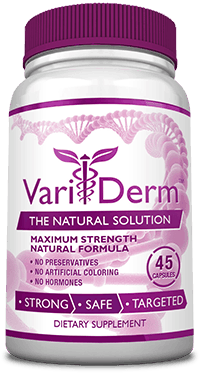



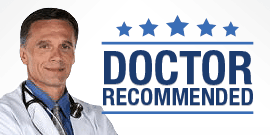
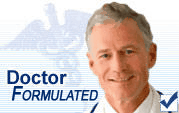 VariDerm™'s formulation of effective ingredients and strong name recognition have brought praise from both customers and health professionals alike. To learn more about the research and data behind VariDerm™ , please visit our "
VariDerm™'s formulation of effective ingredients and strong name recognition have brought praise from both customers and health professionals alike. To learn more about the research and data behind VariDerm™ , please visit our "